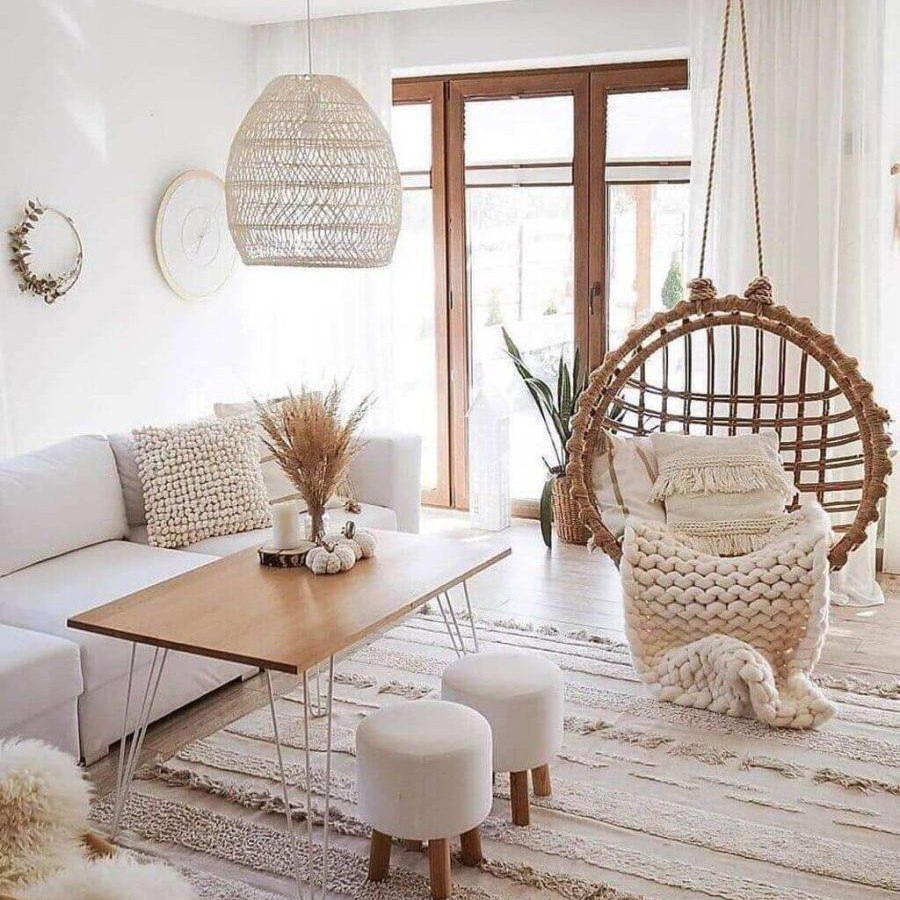Introduction
Have you ever walked into a room and noticed how bright and well-lit it is, yet it still feels dull and lifeless? This is because lighting plays a significant role in setting the ambiance of a room. One of the most commonly overlooked lighting fixtures is the over-the-picture light. In this article, we will explore the benefits, styles, and placement of over-the-picture lights.
Benefits of Over-the-Picture Lights
Over-the-picture lights are an excellent choice for accent lighting. They are designed to highlight a specific area or object, such as a piece of art or a focal point in the room. By casting light directly onto the artwork, the surrounding area is more subdued, creating a cozy and intimate atmosphere. Additionally, over-the-picture lights are energy-efficient and consume less power than traditional lamps.
One of the biggest benefits of over-the-picture lights is their versatility. They can be installed in virtually any room in the house, from bedrooms and living rooms to hallways and dining areas. Furthermore, over-the-picture lights come in various styles, making them an excellent addition to any home decor.
Styles of Over-the-Picture Lights
There are two main types of over-the-picture lights: hardwired and plug-in. Hardwired lights are permanently installed and require professional installation, while plug-in lights can be easily installed without the help of an electrician. Both types of over-the-picture lights come in different shapes, sizes, and finishes to match a wide range of decor styles.
Some over-the-picture lights feature an adjustable arm, allowing you to direct the light where you need it. Others come with a dimmer switch, making it easy to control the brightness of the light. Furthermore, over-the-picture lights can be installed either directly above the artwork or offset to the side, creating a unique and eye-catching display.
Placement of Over-the-Picture Lights
The placement of over-the-picture lights depends on the size and shape of the artwork you want to highlight. For small pieces of art, a single over-the-picture light placed directly above the artwork is sufficient. However, for larger pieces of art or gallery walls, multiple over-the-picture lights spaced evenly along the length of the artwork may be necessary.
Another factor to consider is the height of the over-the-picture light. The bottom of the light should be at least six inches above the top of the artwork to prevent glare and shadow. However, the height can vary depending on the angle at which the light is installed and the size of the artwork.


